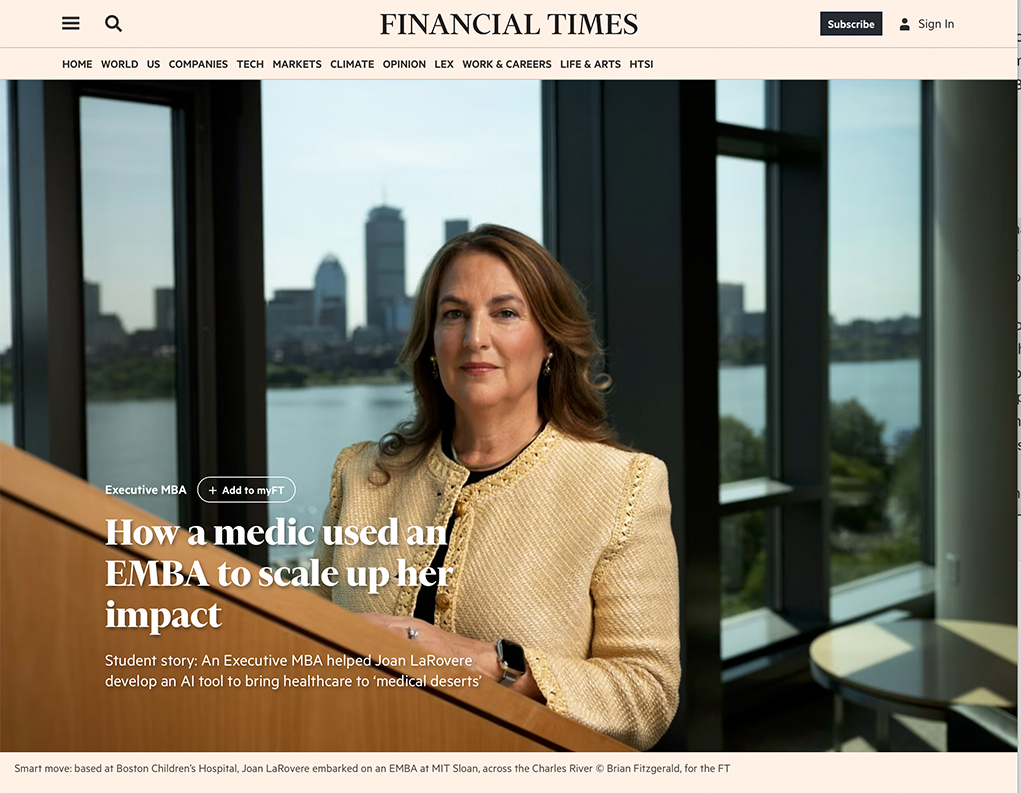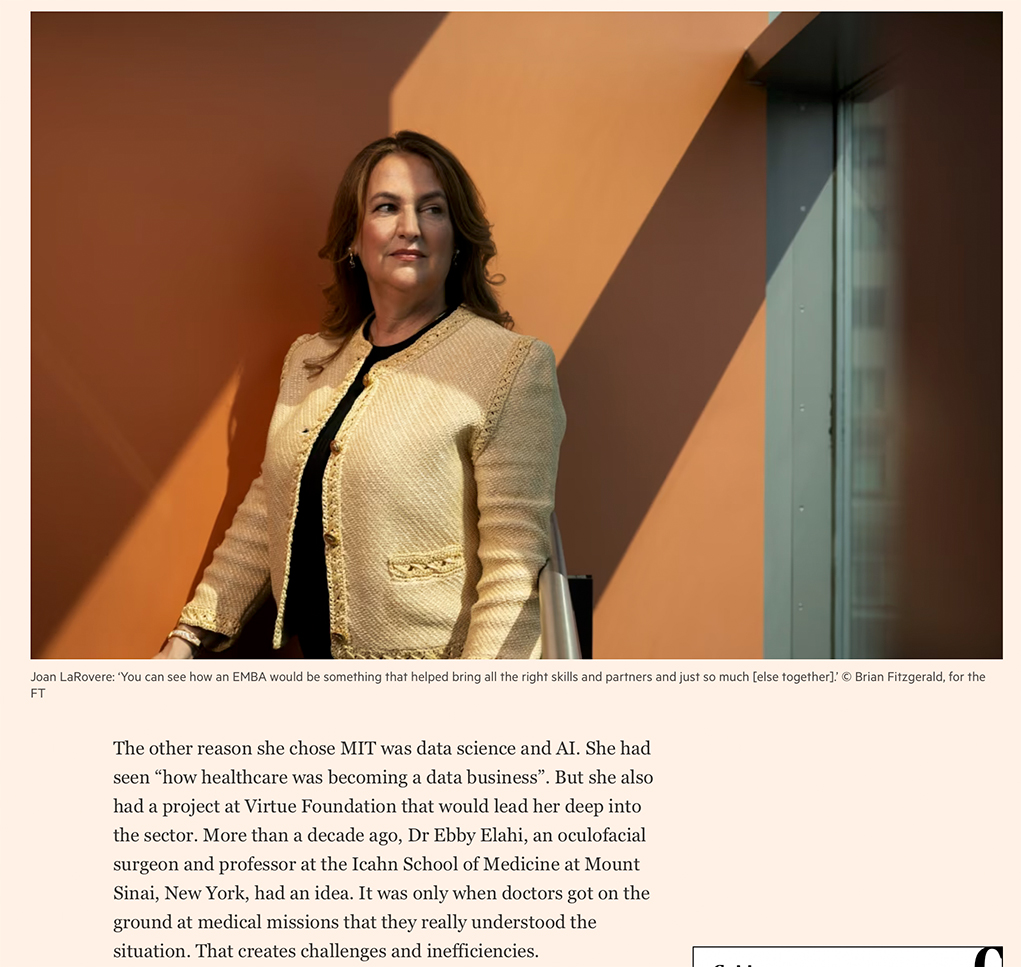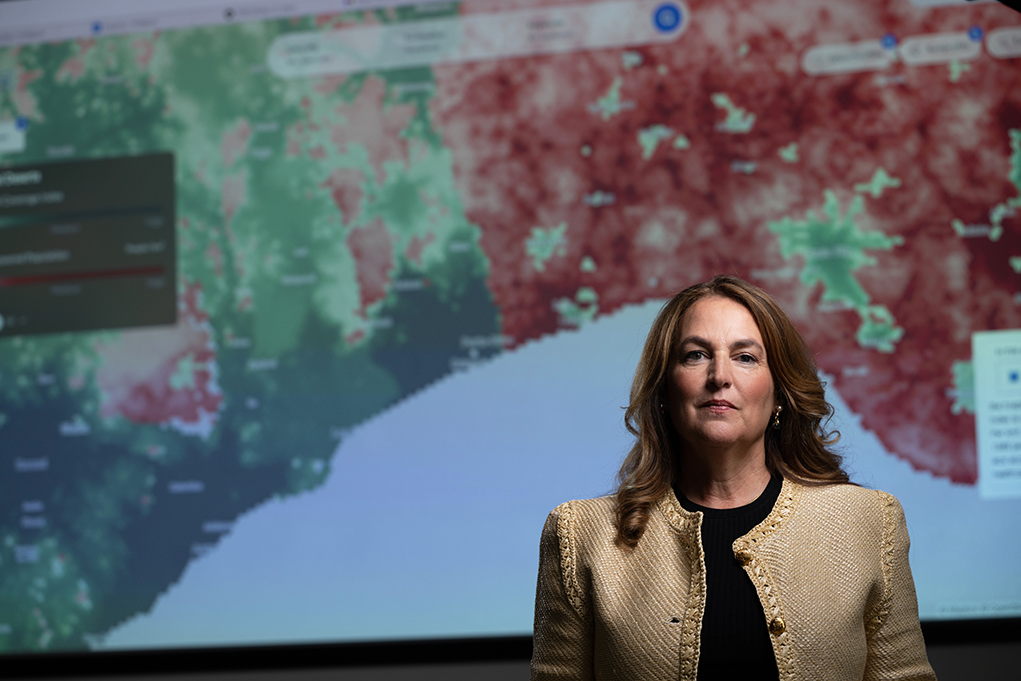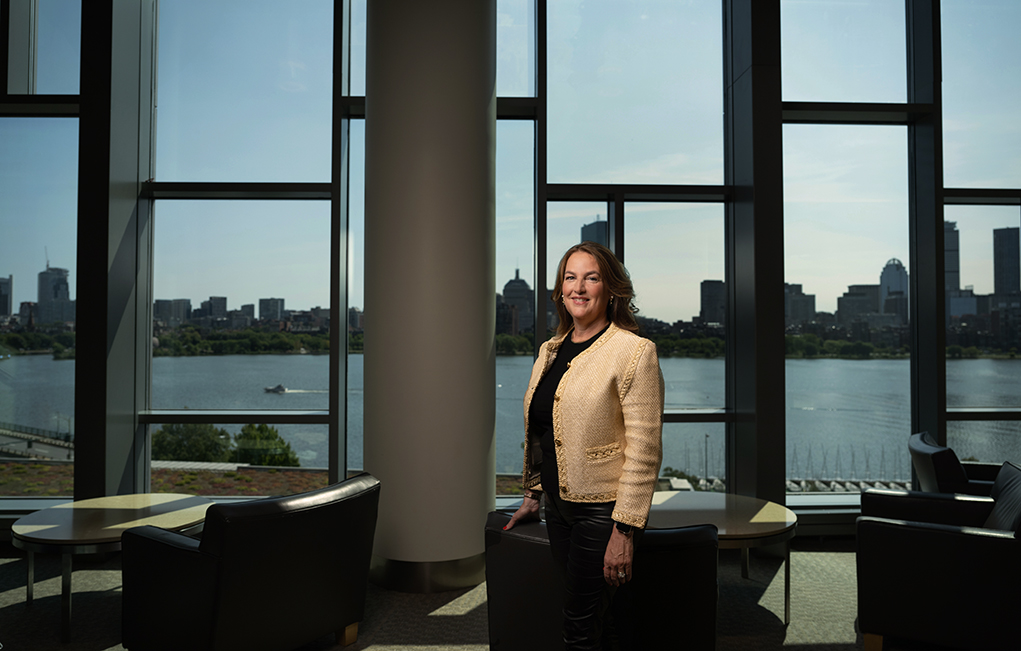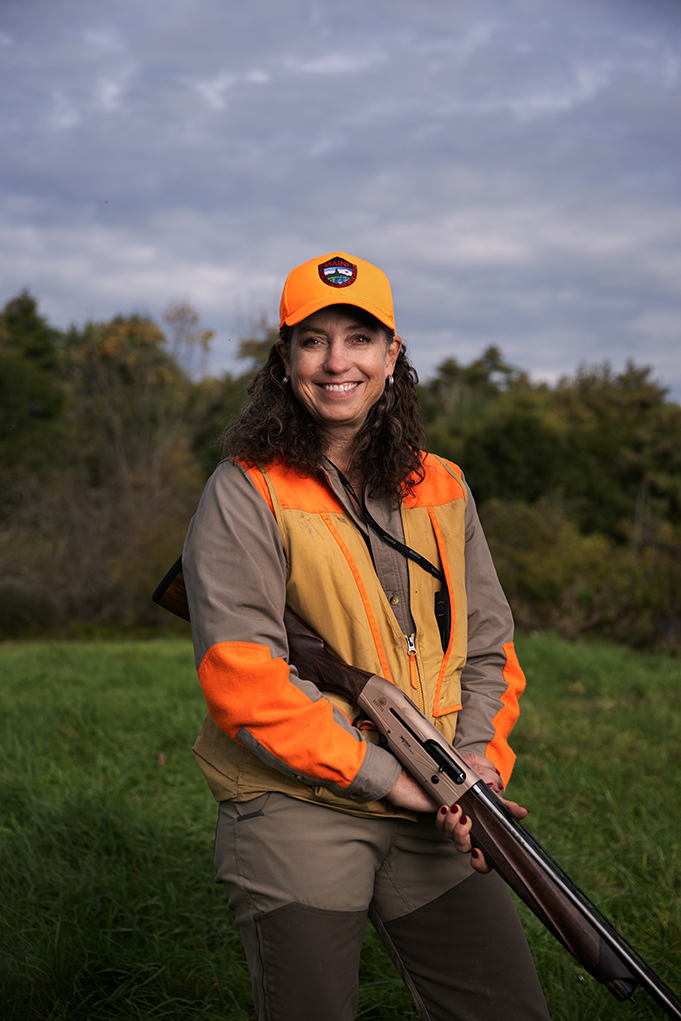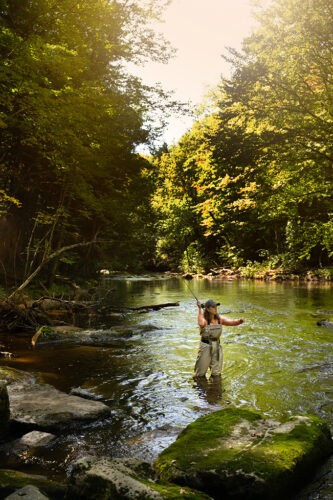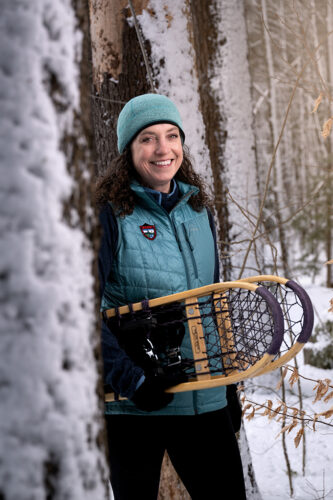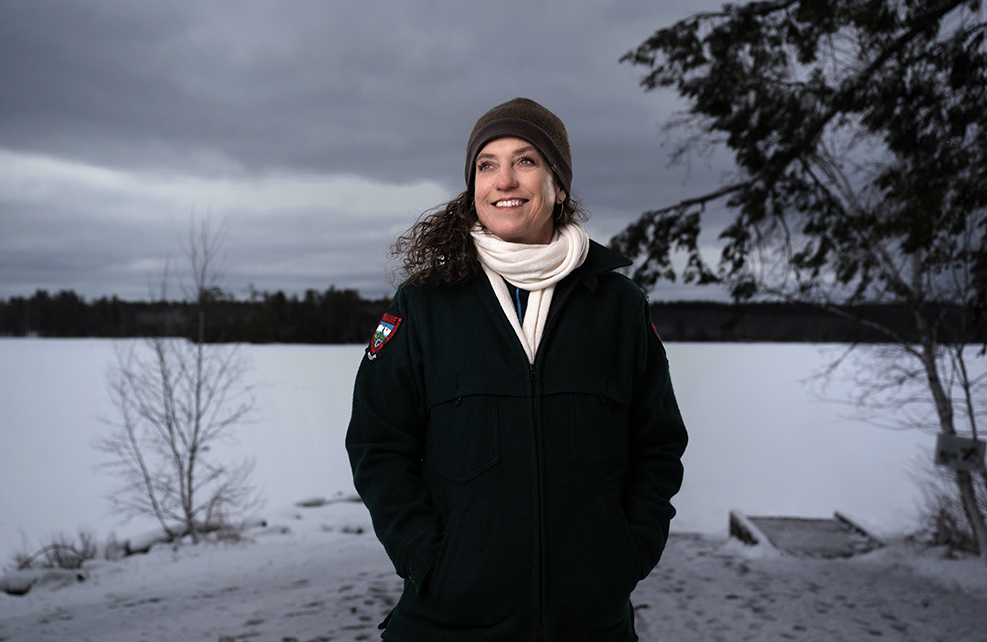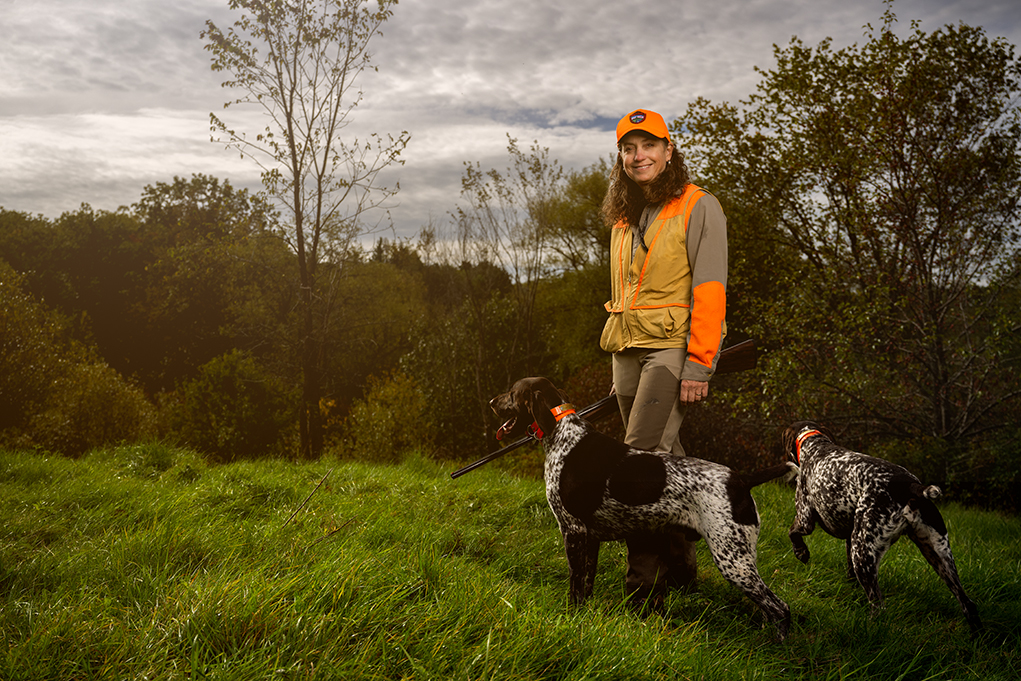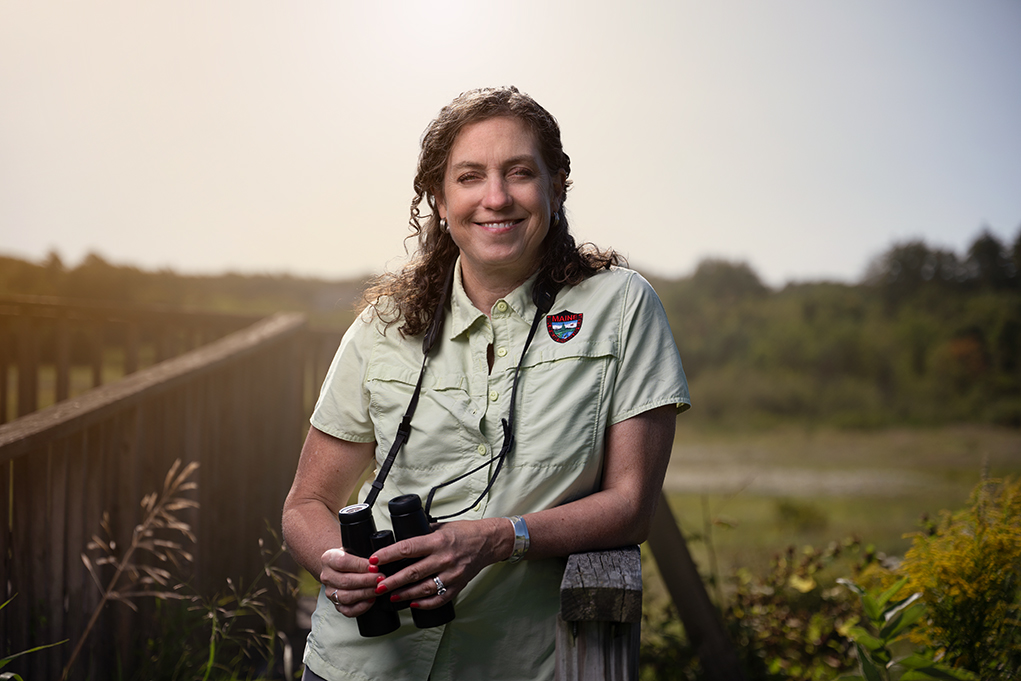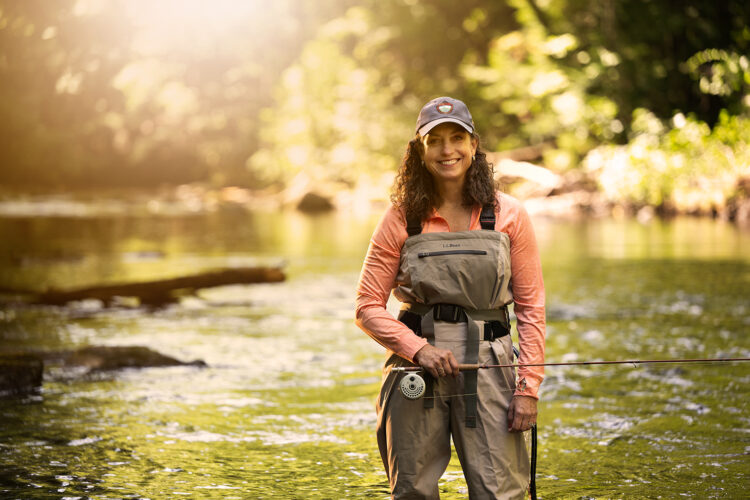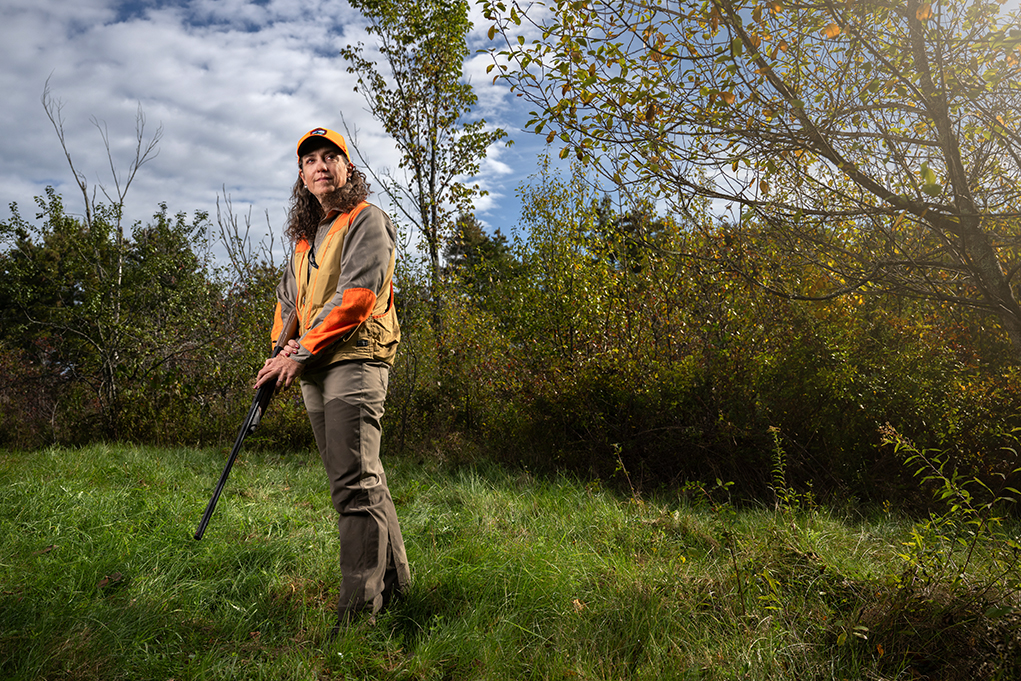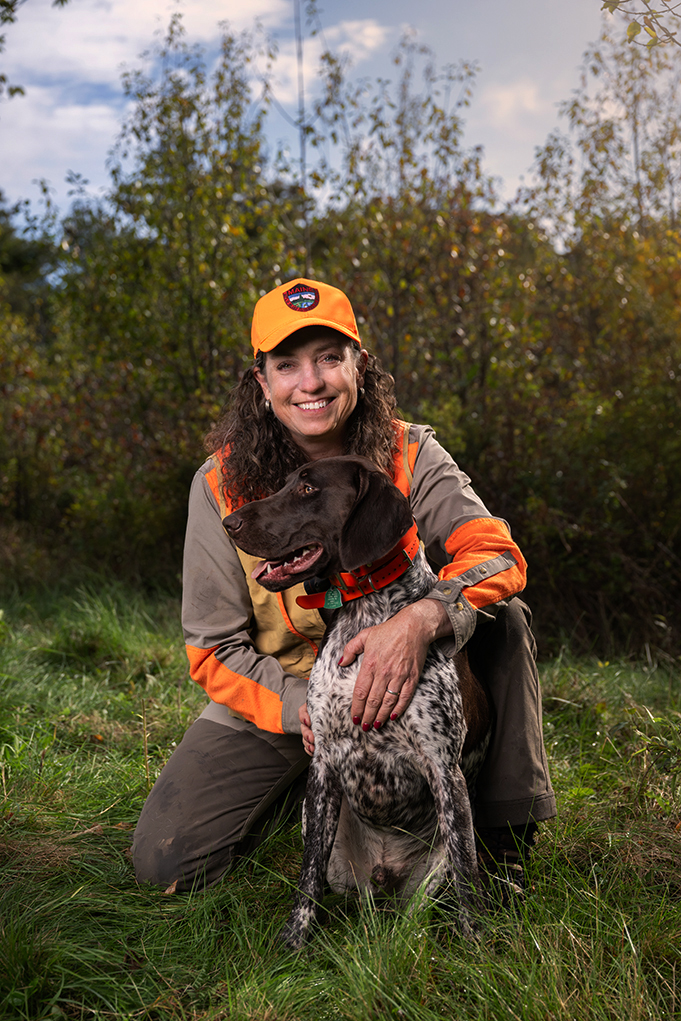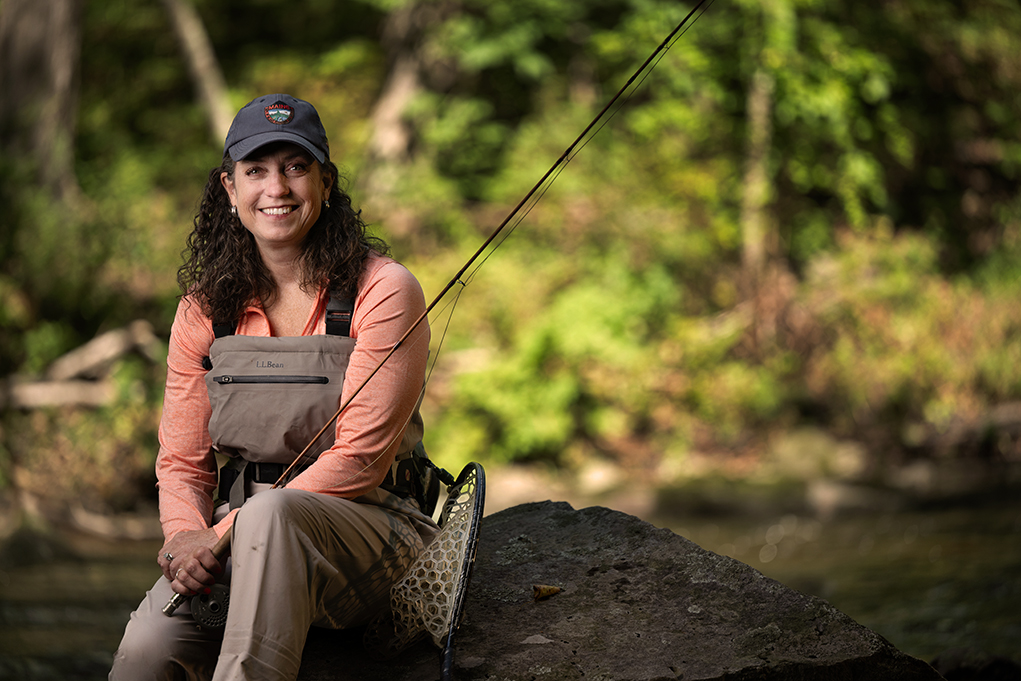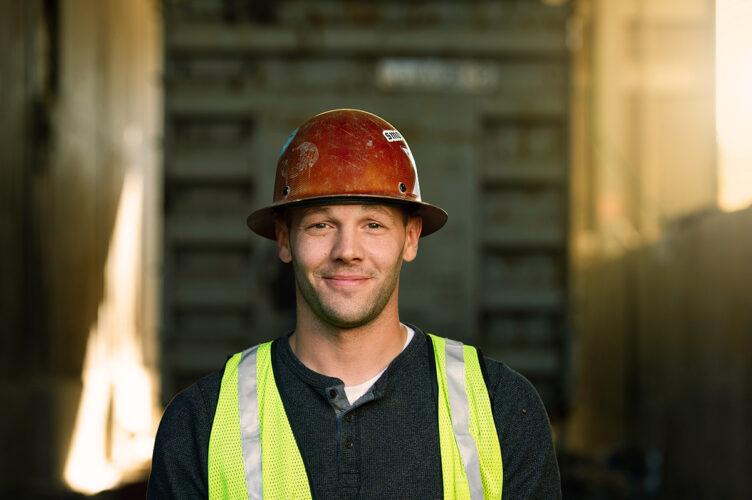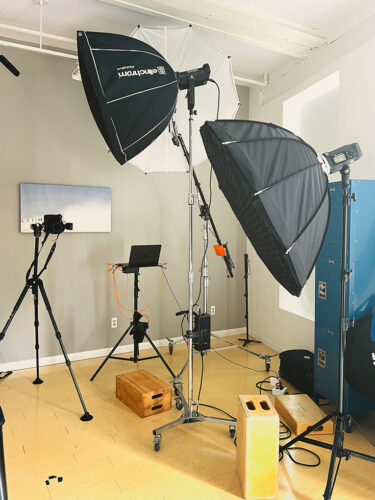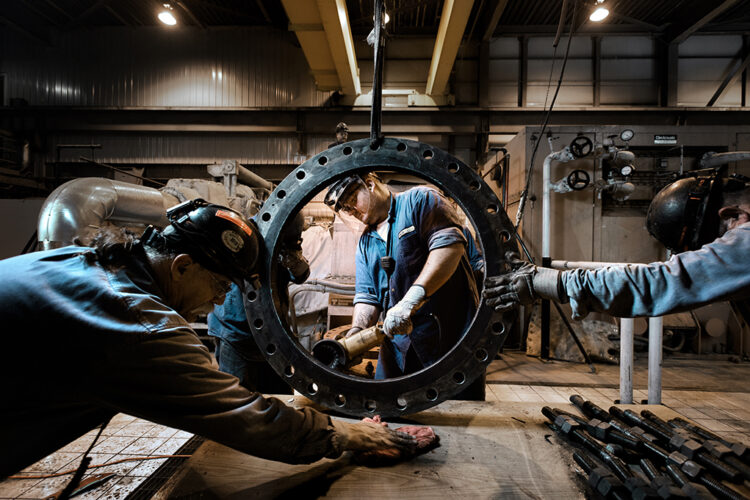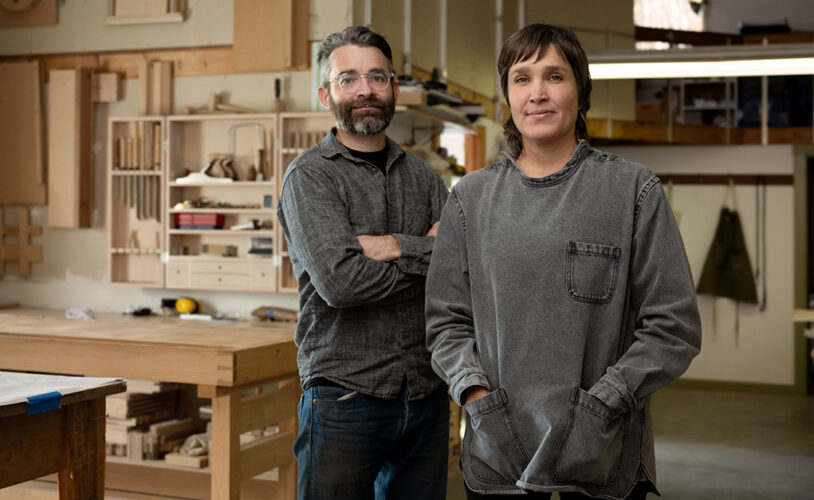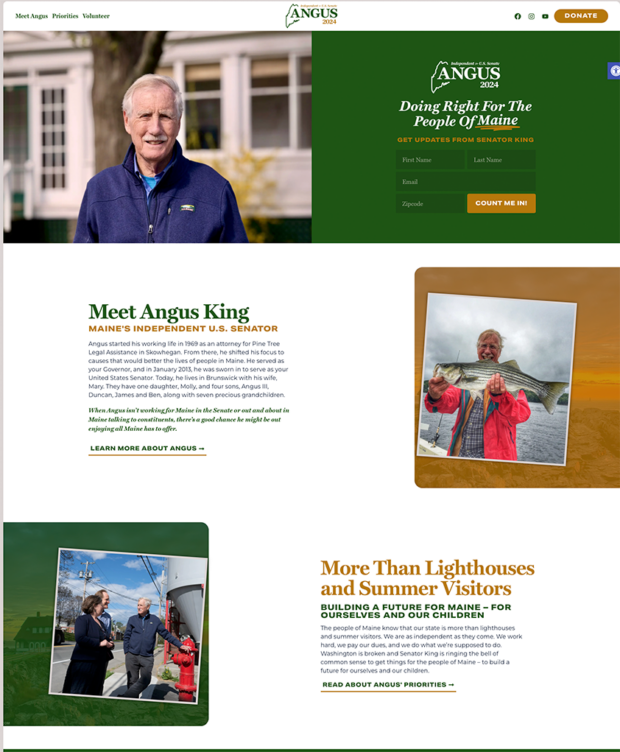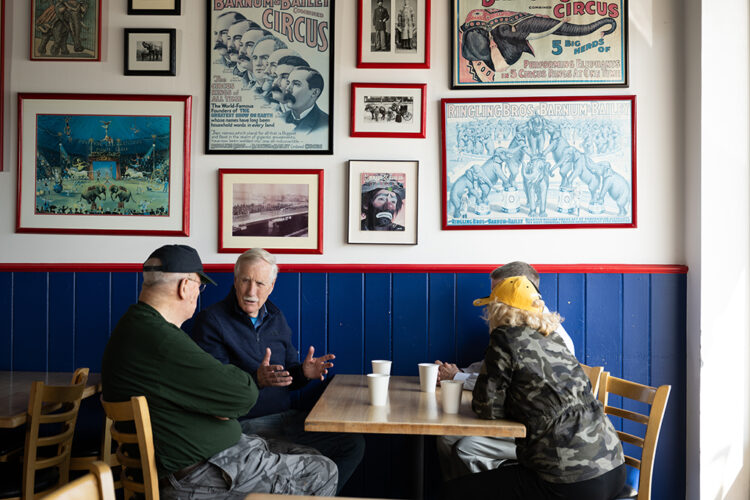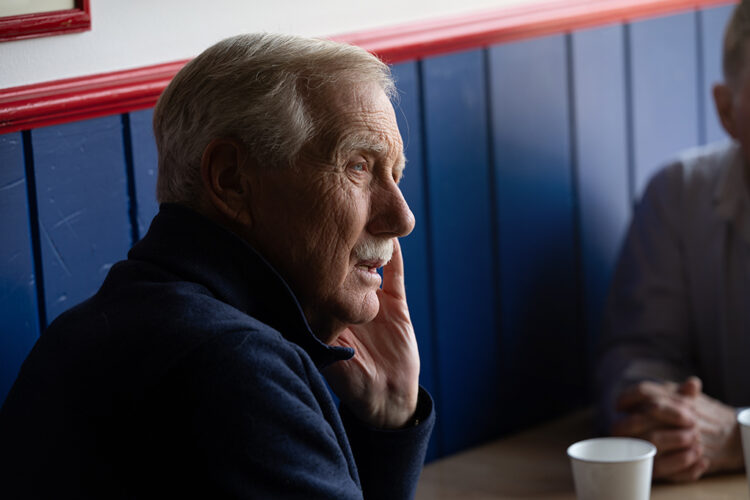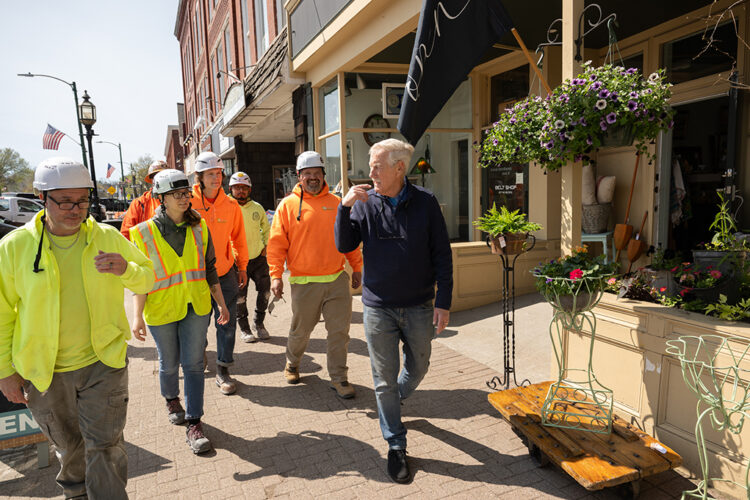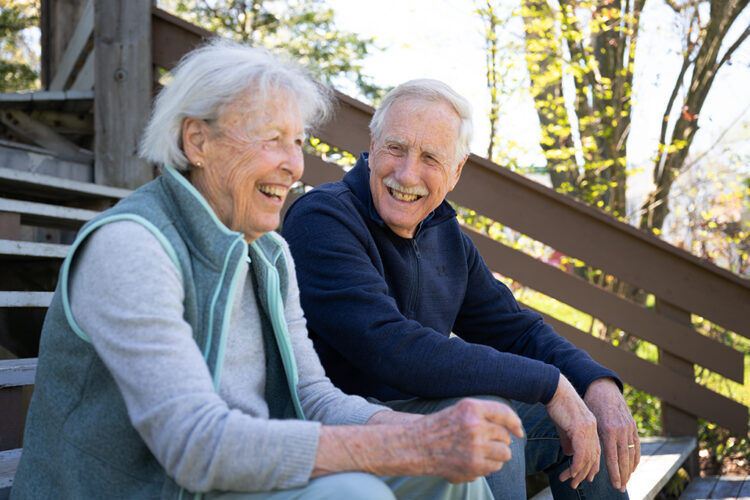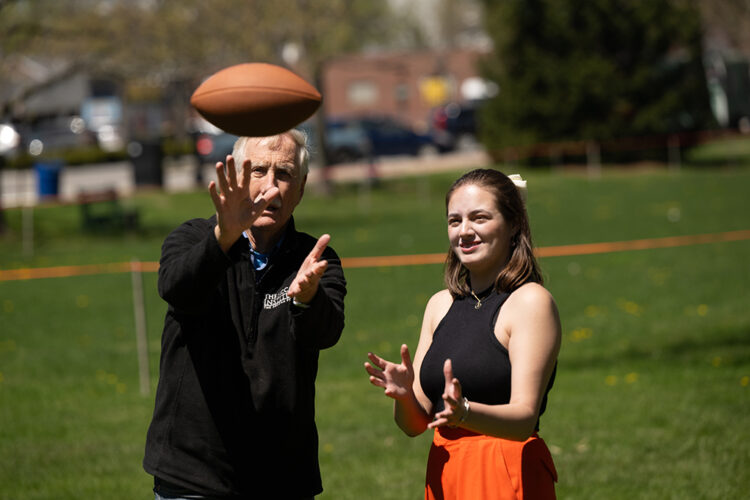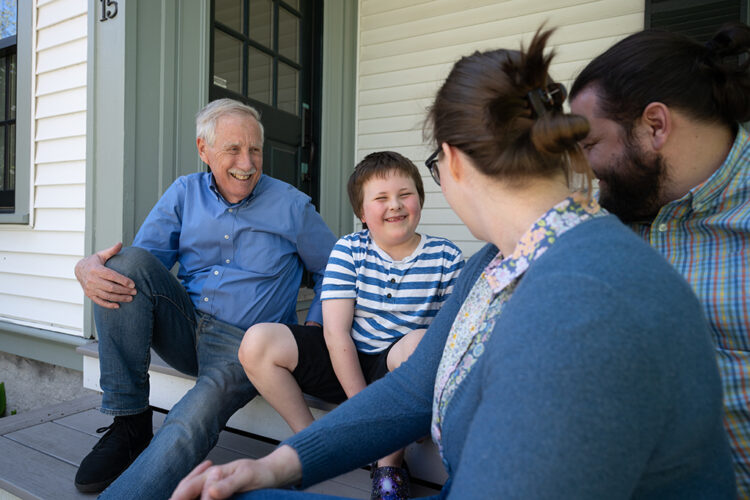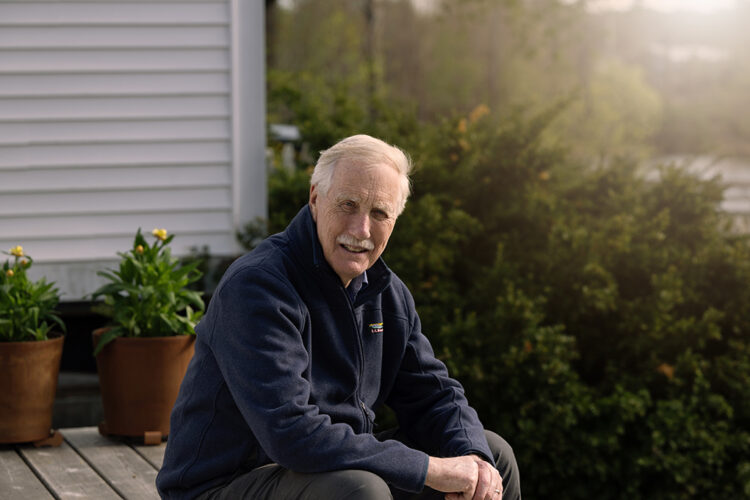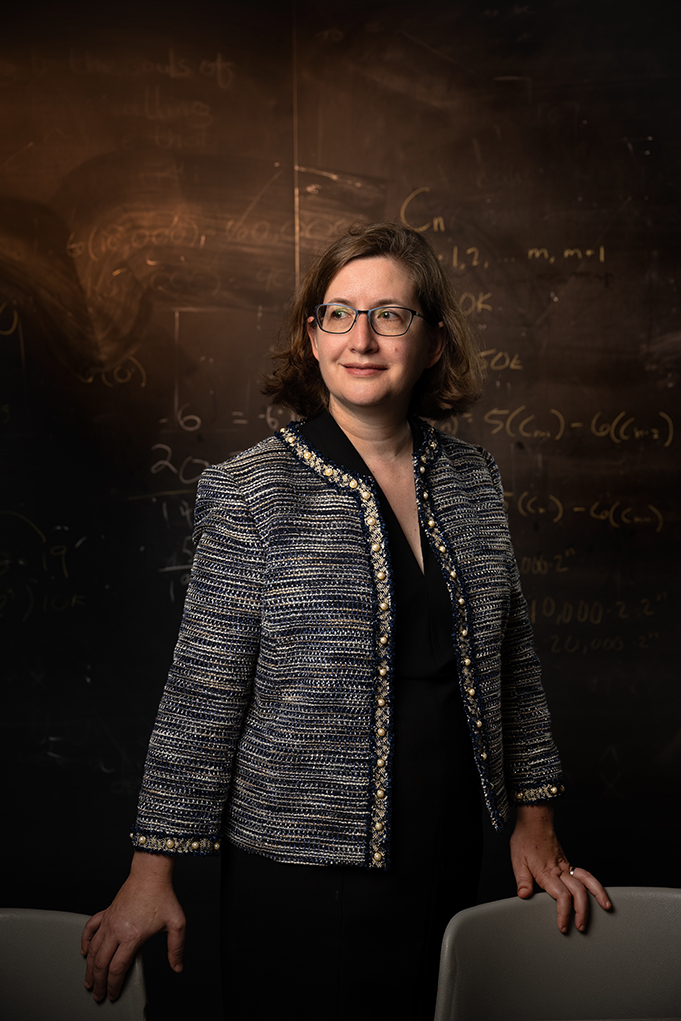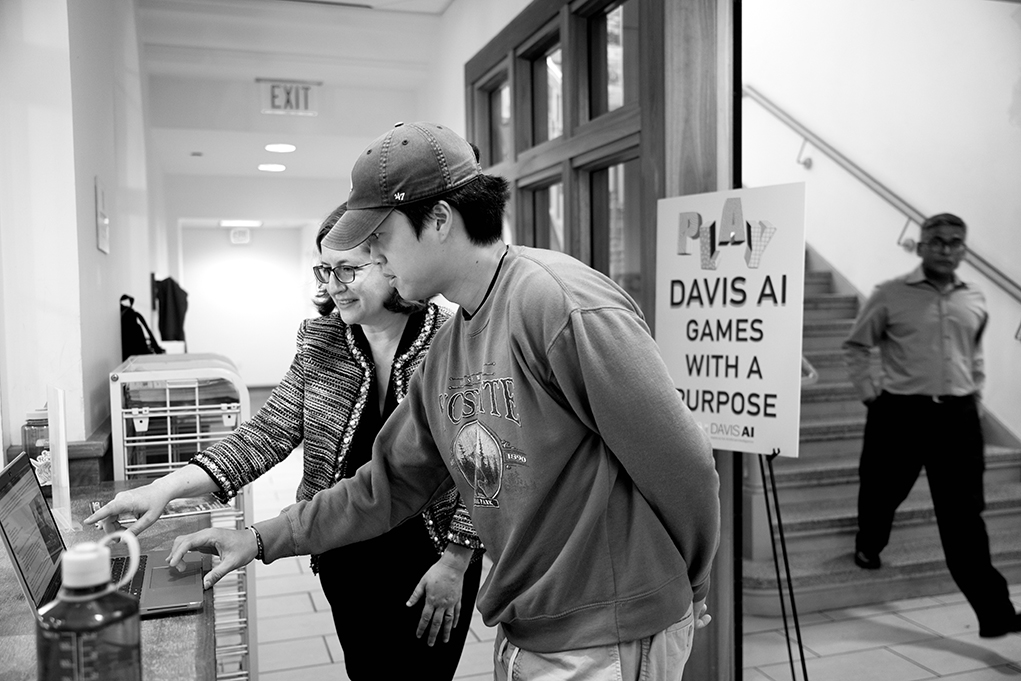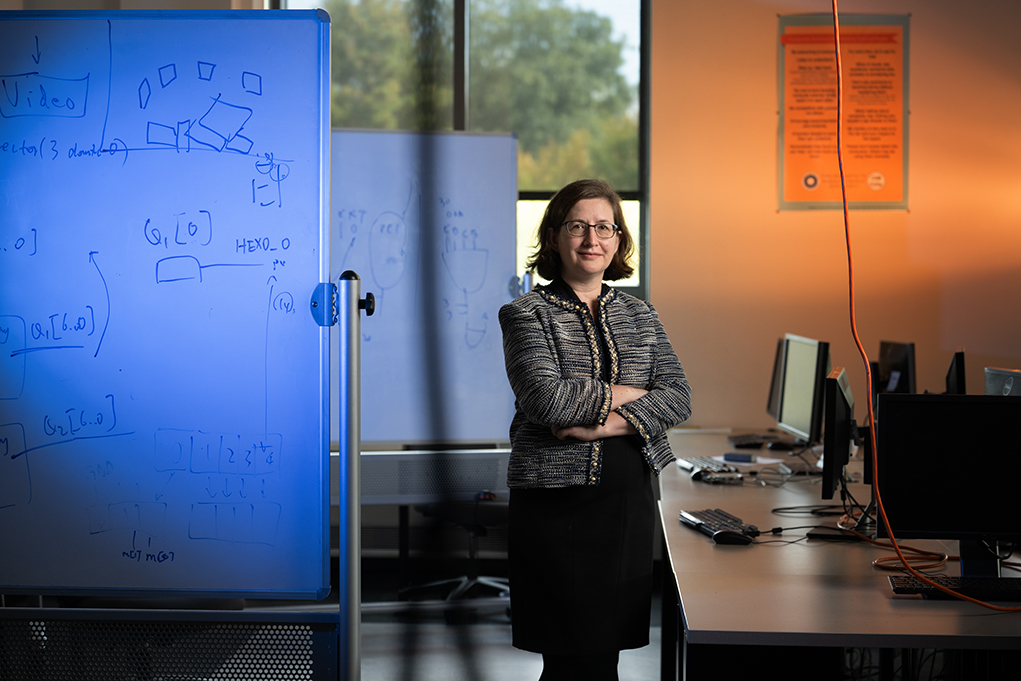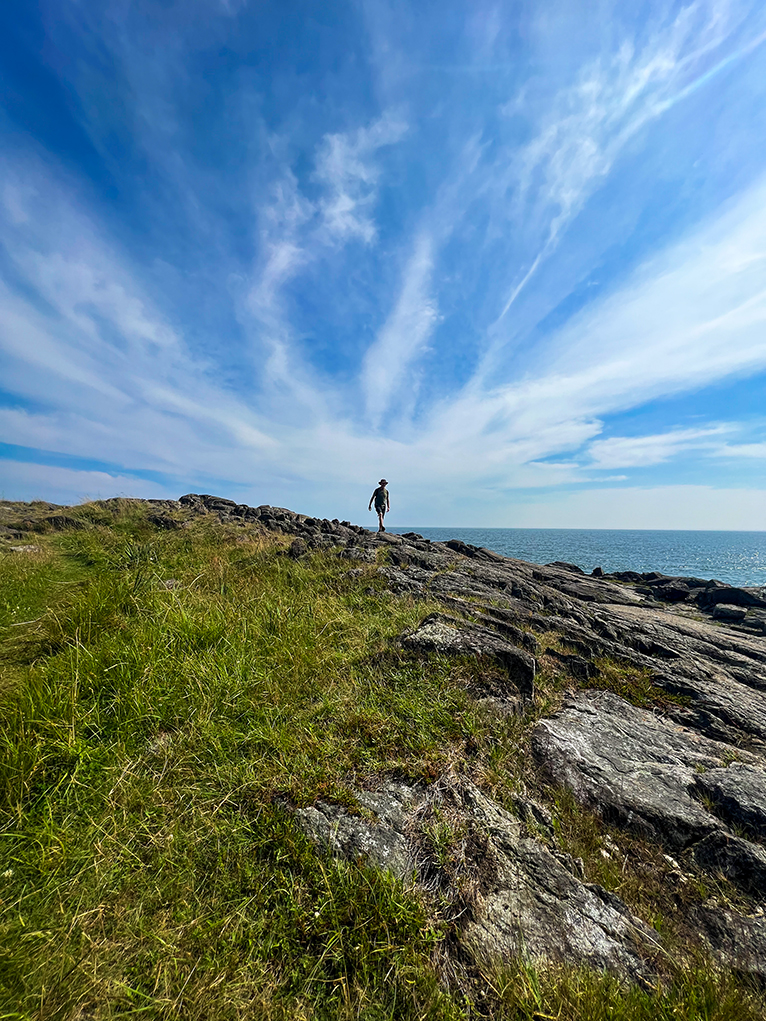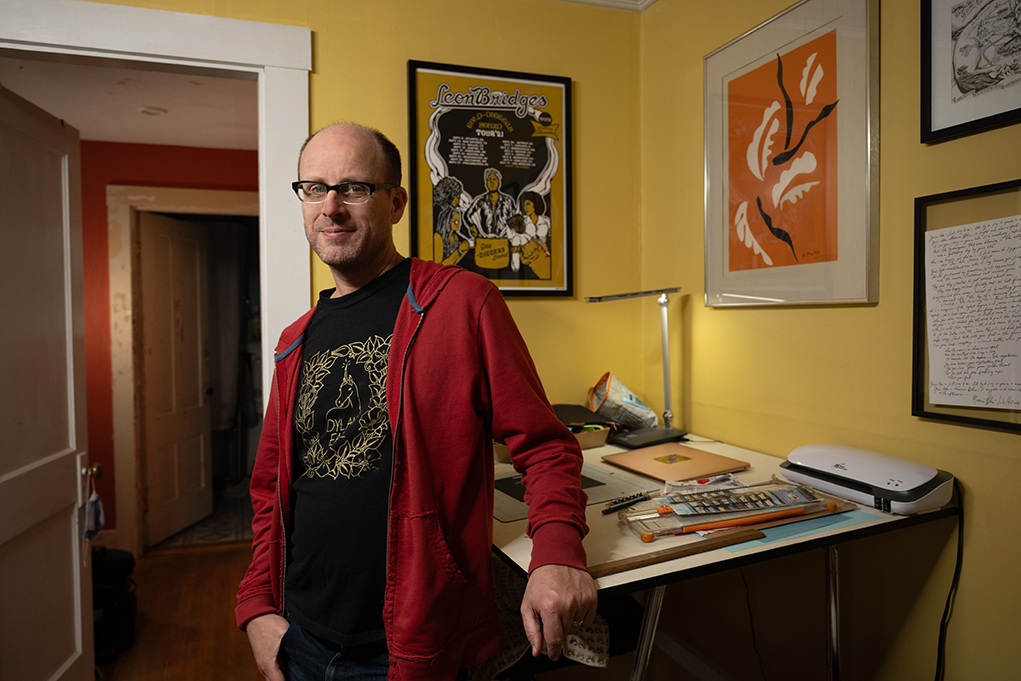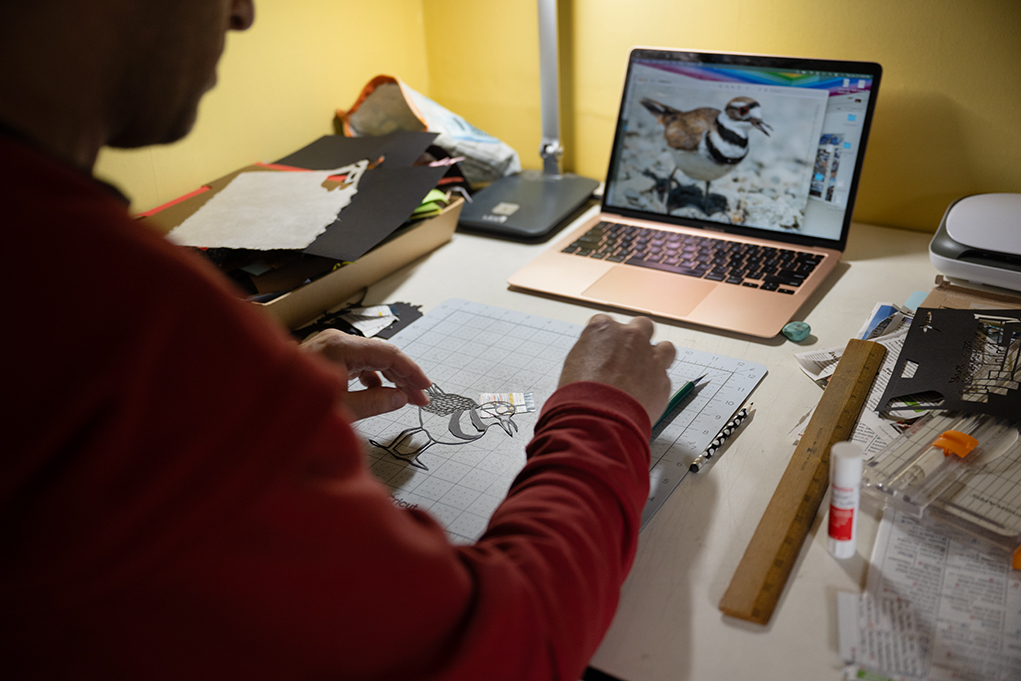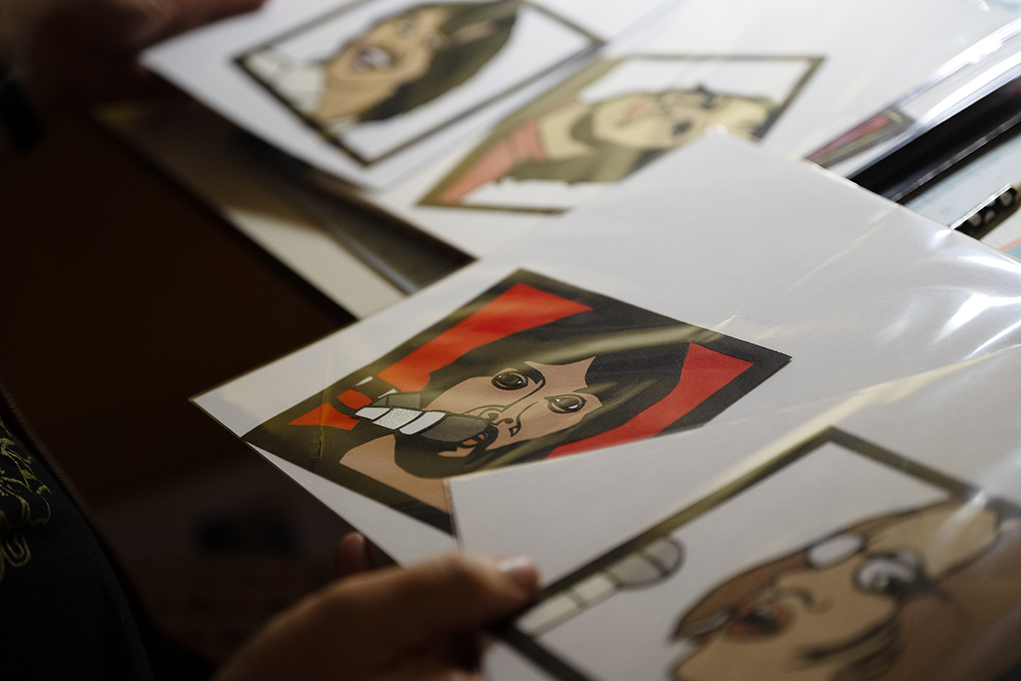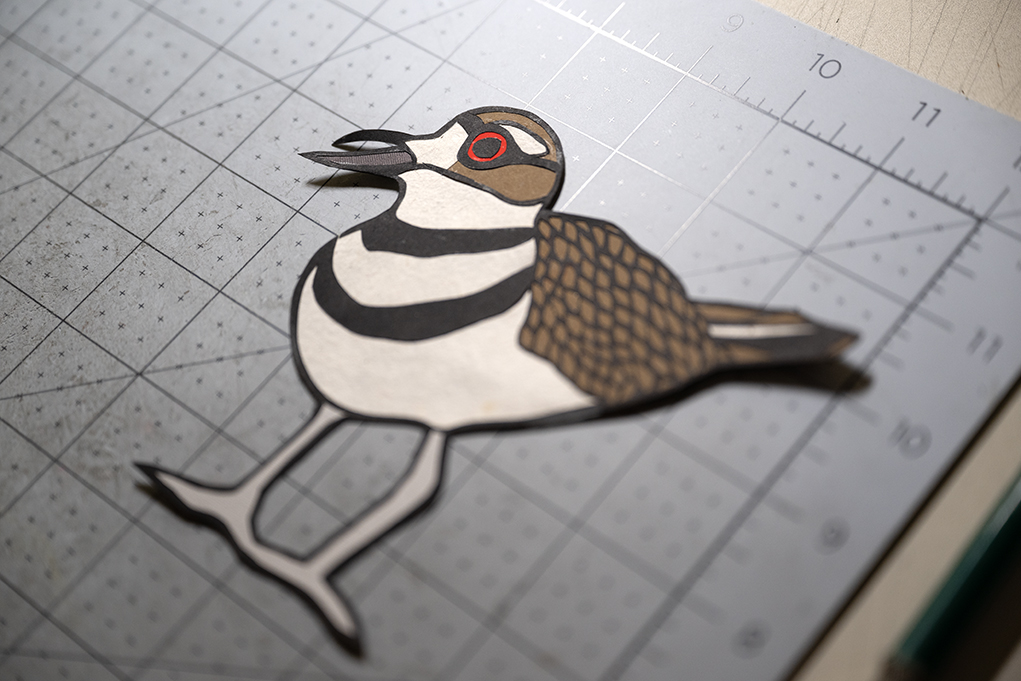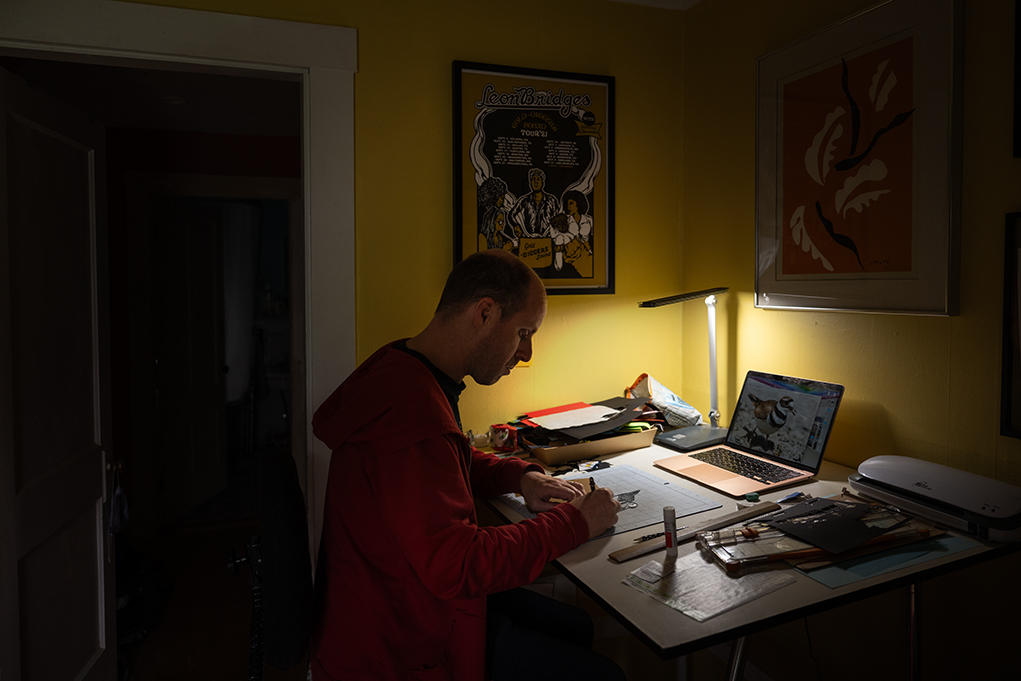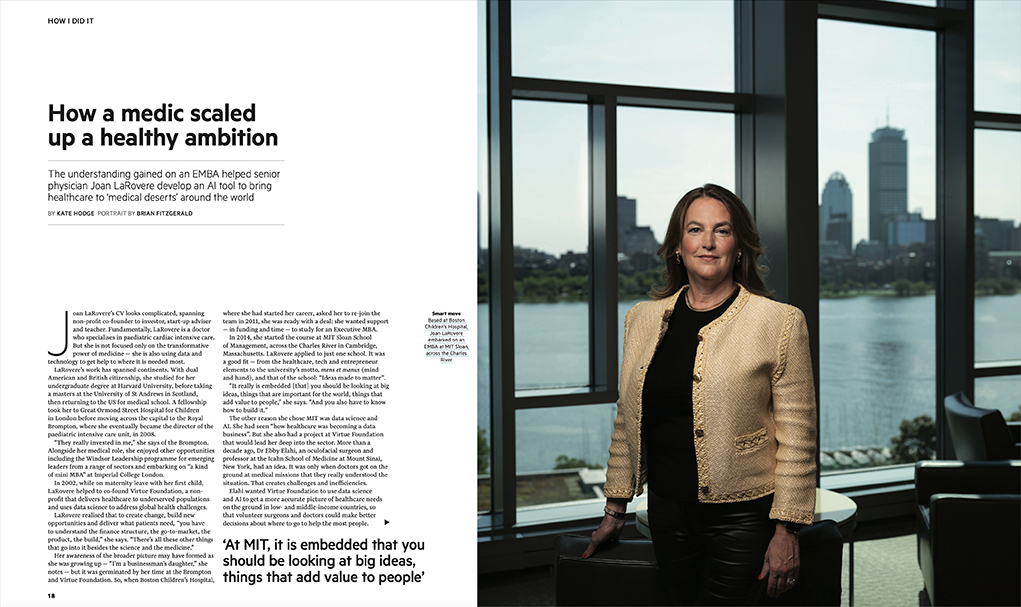
Last month, I had the chance to photograph Dr. Joan LaRovere, Associate Chief Medical Officer for Transformation at Boston Children’s Hospital, for The Financial Times of London.
LaRovere is co-founder of the Virtue Foundation, which harnesses AI and data science to improve healthcare access worldwide, particularly in underserved areas. Inspired by her work at MIT Sloan and Boston Children’s, she’s launching a data-driven platform in 2025 to map healthcare needs in 72 low- and middle-income countries, helping clinicians allocate resources and address “medical deserts.”
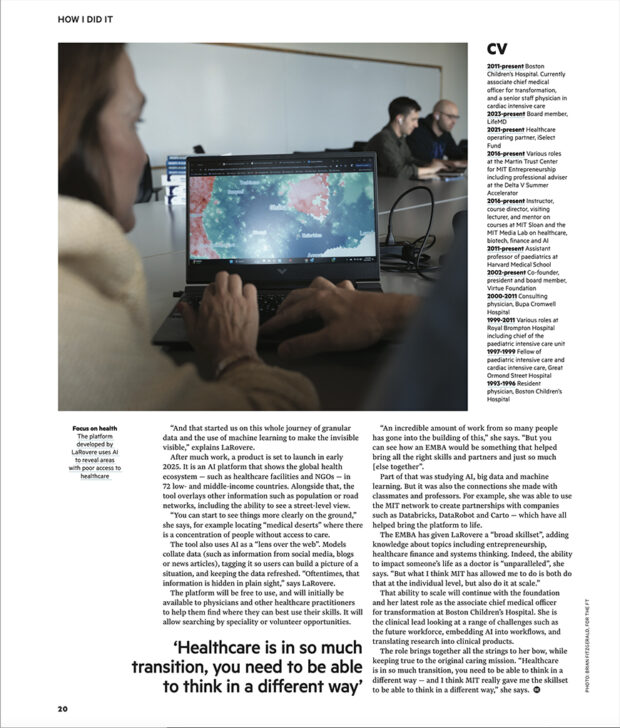
We met at MIT Sloan, where LaRovere earned her Executive MBA and began to scale up her foundation’s impact. My goal was to capture several distinct portrait looks, balanced with elements of MIT (and Boston, if possible). Navigating crowded halls, armed with gear and pressed for time—common constraints for an editorial photographer—we worked together to create portraits that I hoped would give a sense of LaRovere and her work.
It’s inspiring to meet and photograph people like LaRovere, whose work impacts health outcomes for so many around the world even as she saves individual lives back in Boston.
–30–
